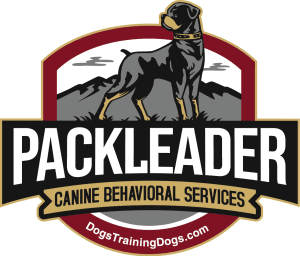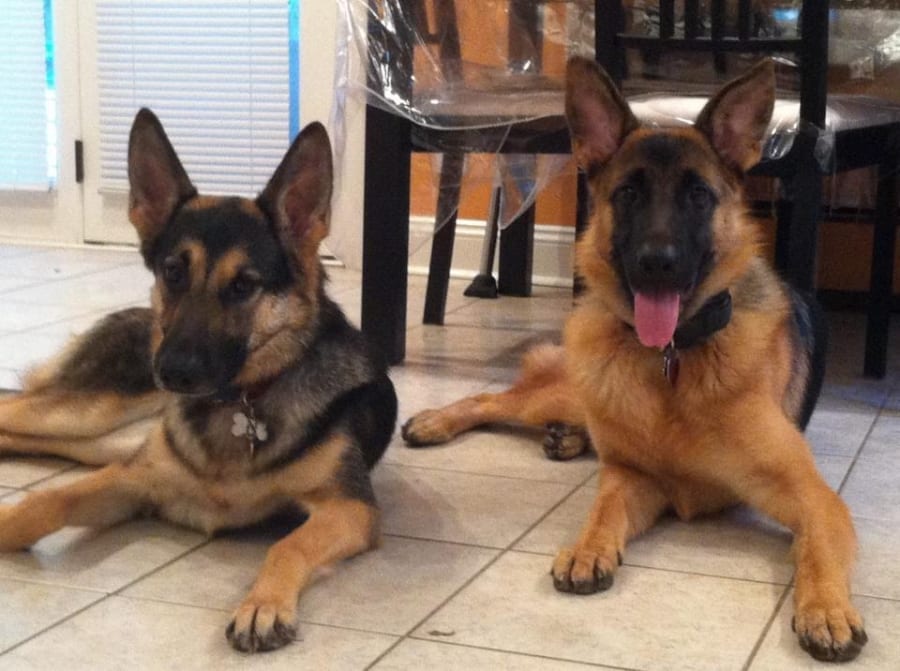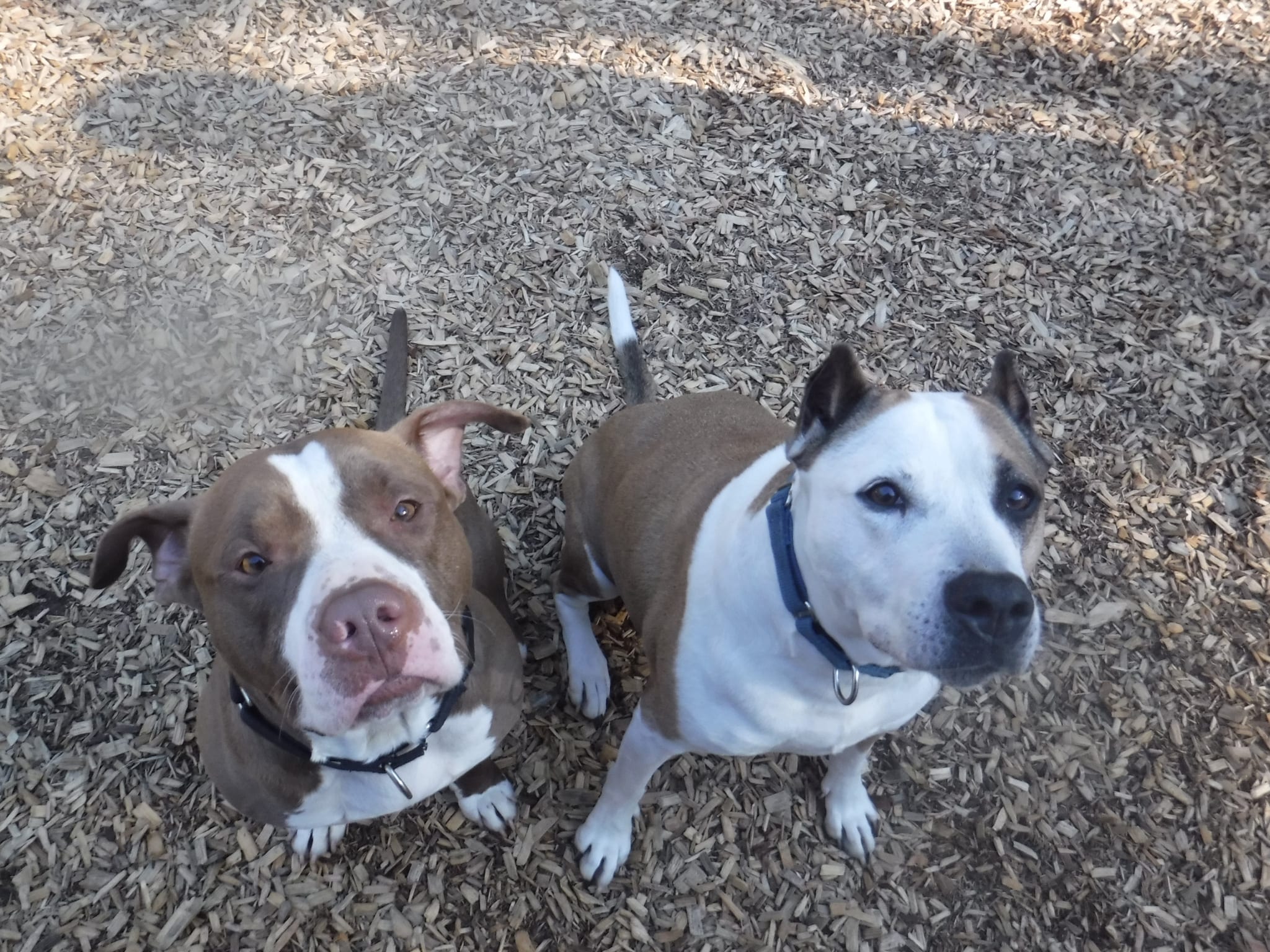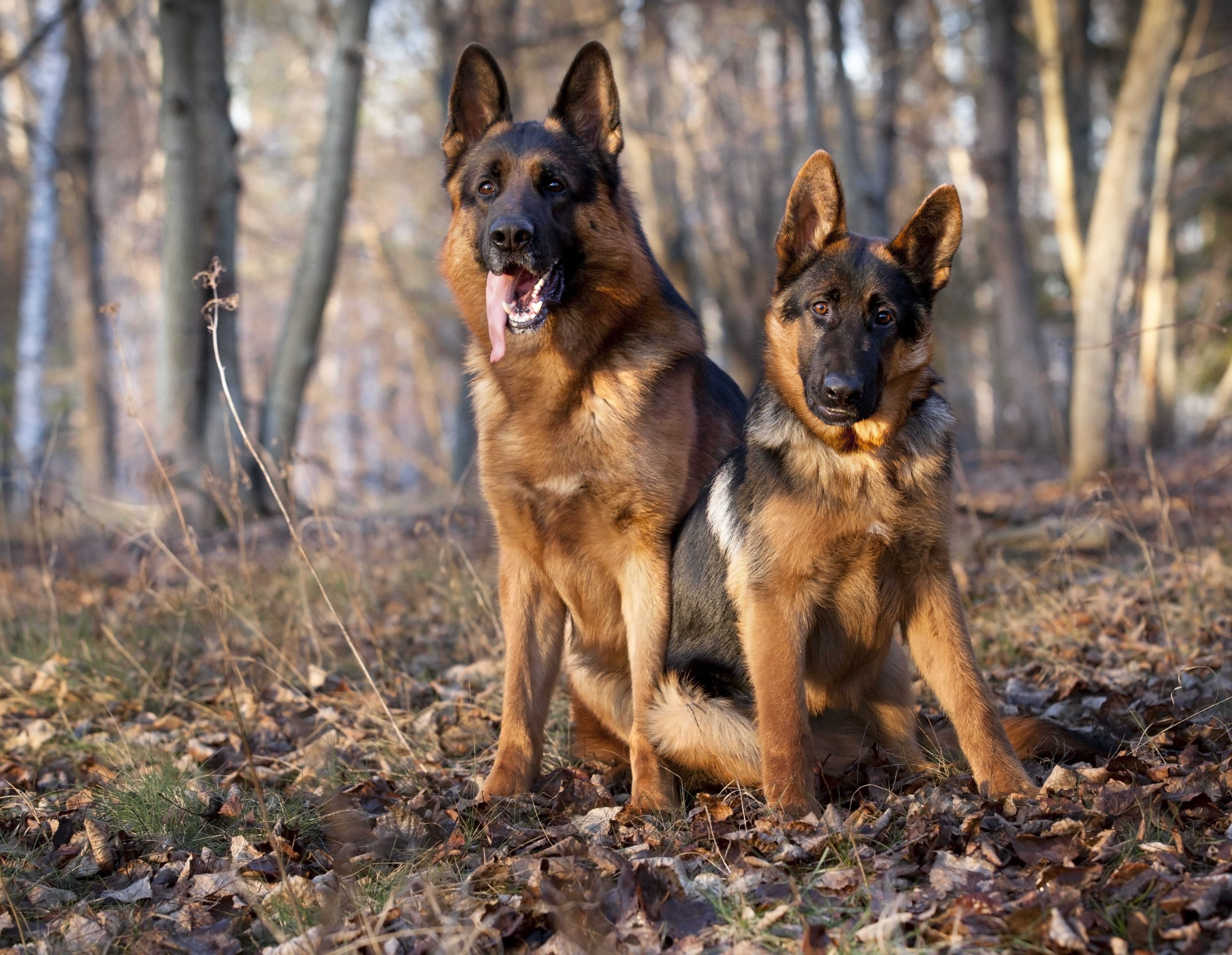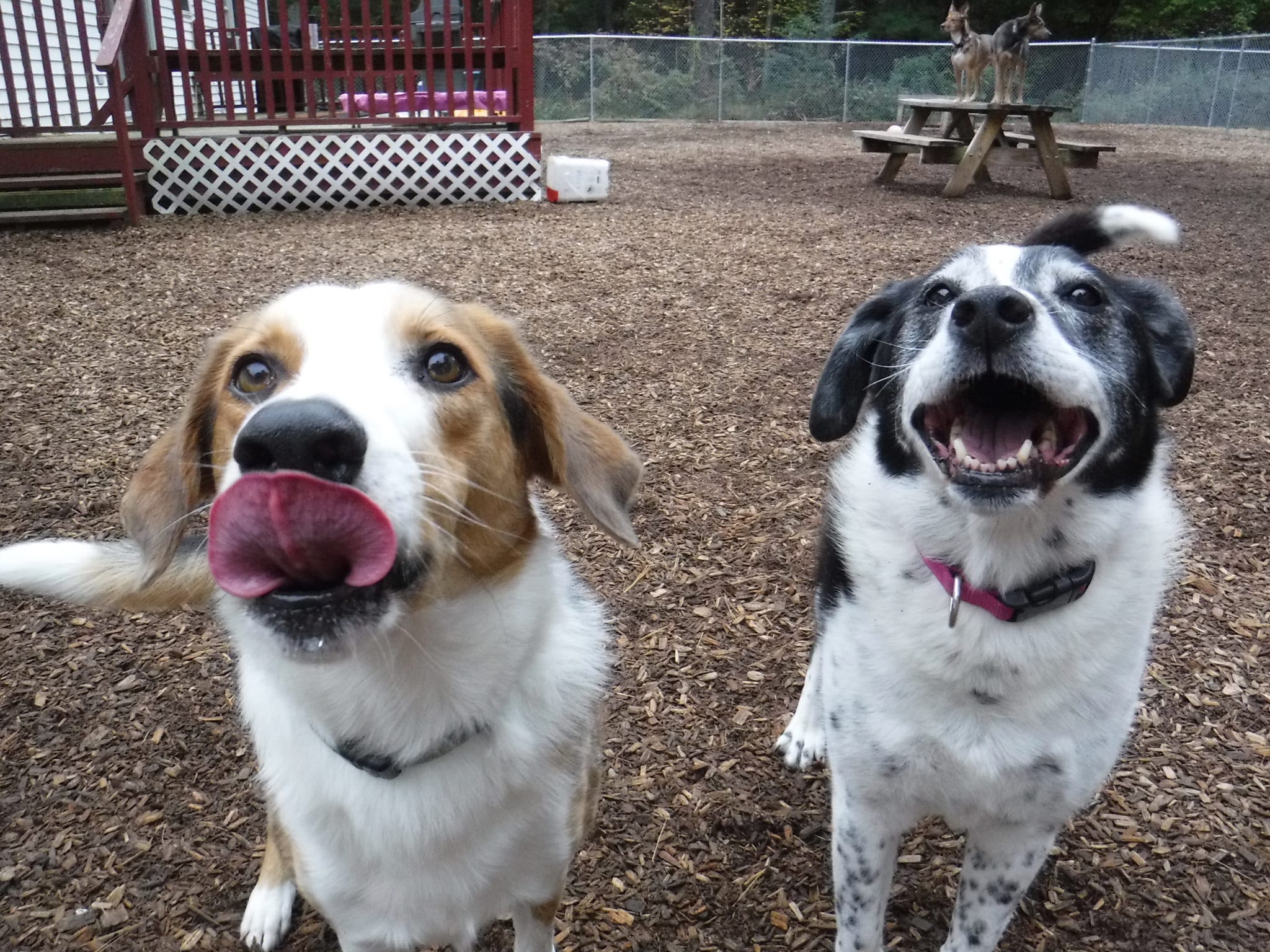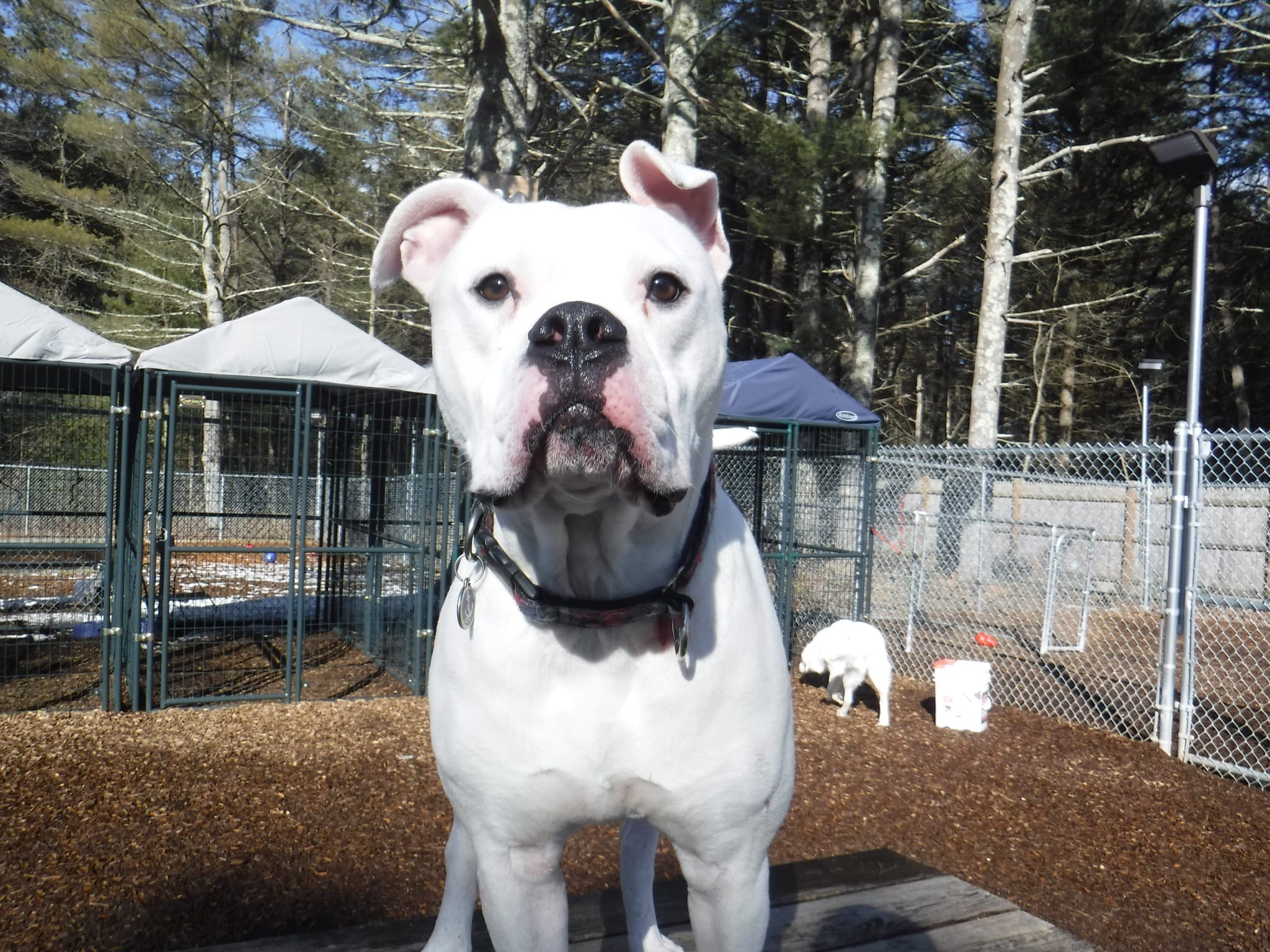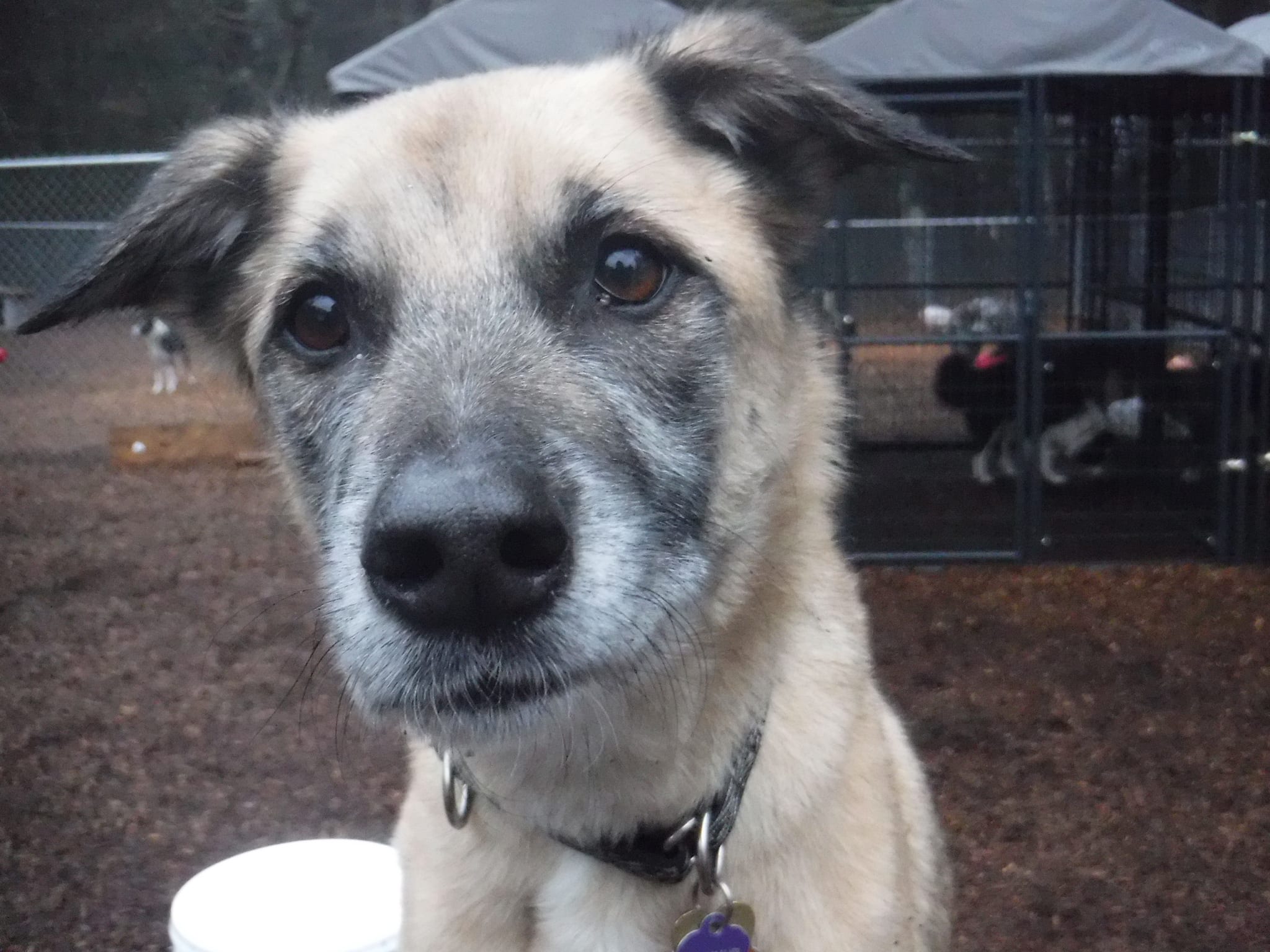Pack Cohesion Therapy Program
The Pack Cohesion Therapy Program is designed for households with two or more dogs experiencing conflict, tension, reactivity, or aggression within the home. These situations often develop from competition, unclear social roles, or co-escalation patterns, and can affect both safety and stability for dogs and their families.
You won't find another Program like this ANYWHERE !!
This program is a core area of our practice. Our work focuses on improving communication and cooperation between dogs living together by addressing the behavioral patterns that underlie conflict, rather than only managing visible symptoms.
We offer two program levels based on the severity of the behaviors involved. Each program includes individualized behavior rehabilitation and structured team-based training designed to support long-term stability.
Program Structure
Dogs enrolled in this program participate in our In-Patient Behavioral Rehabilitation and Training Program. During this time, they receive:
Individualized behavioral therapy
Structured social interaction with carefully matched dogs
Training using our Pack Dynamic Method
The purpose of the program is to help the dogs develop predictable, cooperative interaction patterns. For households experiencing conflict between resident dogs or co-aggression toward people or other dogs, this approach works to re-establish safety, clarity, and stability.
Upon completion, families typically experience more consistent communication between their dogs and a more peaceful home environment. The program provides a structured path toward sustained improvement where standard training approaches may not be sufficient.
